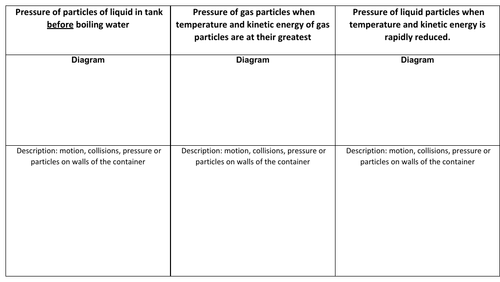Millington's Lessons
Hello everyone! Want to enjoy your half term with less planning and more relaxing? Take a look at my ready-to-use resources covering topics like vaccinations, antibiotics and painkillers, specific heat capacity, and the transport of substances in living cells (including osmosis). Mark schemes, worksheets, and exam questions are all ready to print—no prep needed! So why wait? Pop in, click, and pick the resources you need, and enjoy the rest of your half term doing what you deserve!
























